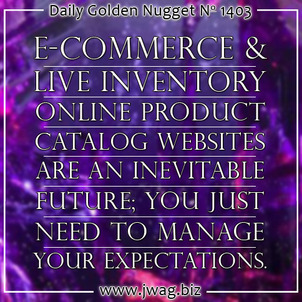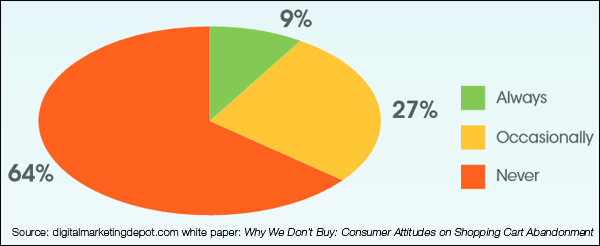
Since 2010, the predicted website and internet usage trends right before the holiday season have suggested that more people will use their smartphones to pre-shop retail stores and to look up product information while in a store. What better way to save time during the busy holiday shopping season than to look for online product information and find stores that carry the items?
While out shopping with my mother over the weekend, she asked me to look around the store for anything related to Paw Patrol, which is an animated television series for preschoolers that tells the tales of rescue dogs in training. Although I had heard of the show, I didn't look it up online until that moment.
A quick Google search for Paw Patrol surfaces information about the show, videos, and plenty of stores selling Paw Patrol merchandise. As of this writing, there are a lot of paid ads from Walmart, Amazon, Target, and Toys R Us for Paw Patrol products.
A few taps on my smartphone and I was able to call up a list of all the nearby stores with in-stock Paw Patrol items. Instead of randomly walking around this one store for 20 minutes searching for any possible item, this simple Google search allowed me the show her a list of all the possible gift options. If we had a little more time that day, we might have driven to a few more stores, but we cut our shopping spree short.
Obviously, I'm a power user when it comes to understanding what technology is available and how to use it. All of the national retail chain stores I've looked at are already using some type of online product catalog with either e-commerce, wish list functionality, or the ability to find local stores with inventory. Some regional chain stores have also deployed systems like this too.
Most small, single location retailers don't yet have the resources to automate their online catalogs with live inventory, but that's starting to change as out-of-the-box software becomes more available without the high cost of customization.
Since I am an analyst at heart, I'm always searching for accurate information to show how these above trends are evolving. It's one thing for internet marketers, including myself, to claim that this technology is advancing, and urge our customers to get involved, but there's so little real evidence to support the needed investment businesses must make.
I read a lot of the research published by Digital Marketing Depot and try to apply their findings to my own research. In August 2013 they conducted a study of 1003 consumers to get to the bottom of different online shopping patterns. The findings were published in the white paper Why We Don't Buy: Consumer Attitudes on Shopping Cart Abandonment.
I'd like to surface one of the questions from that survey which directly relates to the above Paw Patrol story, and how I personally use other e-commerce websites. It might seem a little odd that a customer would interact with your e-commerce website while in your store, but a well designed site becomes a very helpful customer shopping tool.
According to the survey, 34% of consumers reported using product information saved on their mobile device while shopping in a retail store. It's still easier to navigate a website on your desktop, but it's more convenient to use your phone wherever and whenever you need, like when asked to look for Paw Patrol items.
Specifically the survey asked "How frequently do you use the online shopping cart to view items on a mobile device while shopping in a store?" The responses were:

9% said Always
27% said Occasionally
64% said Never
While these numbers might seem pretty bad, you also have to recognize that these numbers are continuing to grow as more retail stores realize that online catalogs do help customers locate products and make purchase decisions. The most useful product catalogs have good photography and plenty of product information.
Since this white paper was first published, there have been significant changes in the internet. Smartphone are larger, tablet and desktop usage is down, and several sources are reporting 50% mobile usage. Those things considered, it's obvious that the survey is a little stale, however it still worth a read.
E-commerce and live inventory online product catalog websites are an inevitable future; you just need to manage your expectations. That white paper will help you formulate them. While I do advocate setting up an e-commerce website, please don't get brainwashed by the hype that e-commerce is easy and that it will grow your business threefold. Using e-commerce as an in-person customer service tool is much easier than setting expectations to grow your business through online sales.








